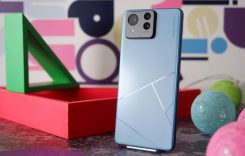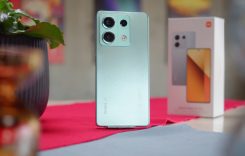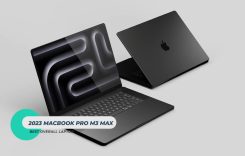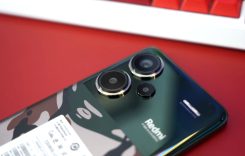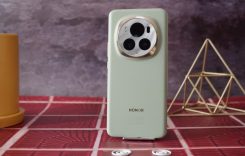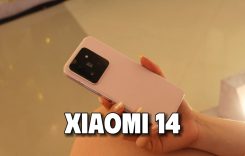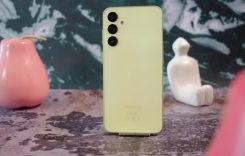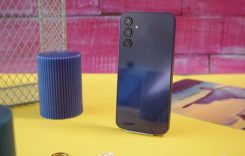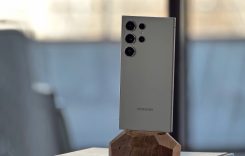The Razr 40 doesn’t bring the top chipset or an edge to edge cover screen, but it’s a lot less expensive than the z-flip 5 or Razr 40 Ultra. Like other flip-style phones, the Razr 40 is compact, using foldable screen tech to hide a typical size smartphone within a clamshell form factor.
Design and Build
The aluminum frame and stainless steel teardrop hinge are the same too. This hinge allows the Razer 40 to fold completely flat without a gap, and it can stay open at different angles too. You also get Gorilla Glass fixes protection and ip52 rated Ingress Protection, just like on the ultra. The most noticeable difference design-wise from the Razer 40 Ultra or Galaxy Z flip 5 is the external screen.
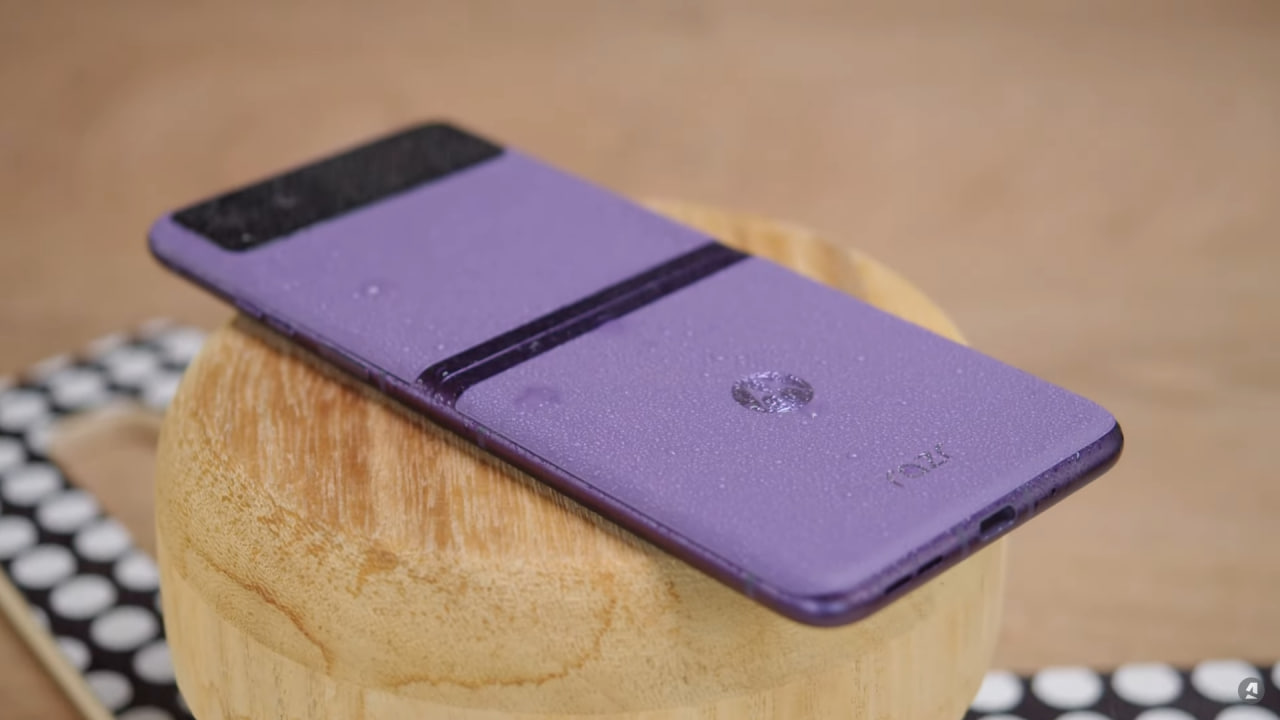
It’s a small 1.5-inch OLED with a pixel density of 282 PPI and a 60hz refresh rate. That’s tiny compared to the large cutting-edge cover screens out there, and it can’t run full-fledged apps, but it’s useful for seeing notifications, adjusting quick settings, and accessing widgets, basically what was the norm in the previous generation of flip devices. The other function is a viewfinder for when you want to take selfies using the main cameras.
Display
The Razr 40’s inner display is a 6.9-inch foldable ltp0 OLED with a 1080p resolution and a 144hz refresh rate. That refresh rate is a bit lower than the 165hz on the Razer 40 Ultra, but it doesn’t make much difference. That’s because for some reason, both phones would max out at 120 hertz except for benchmarks or certain games.
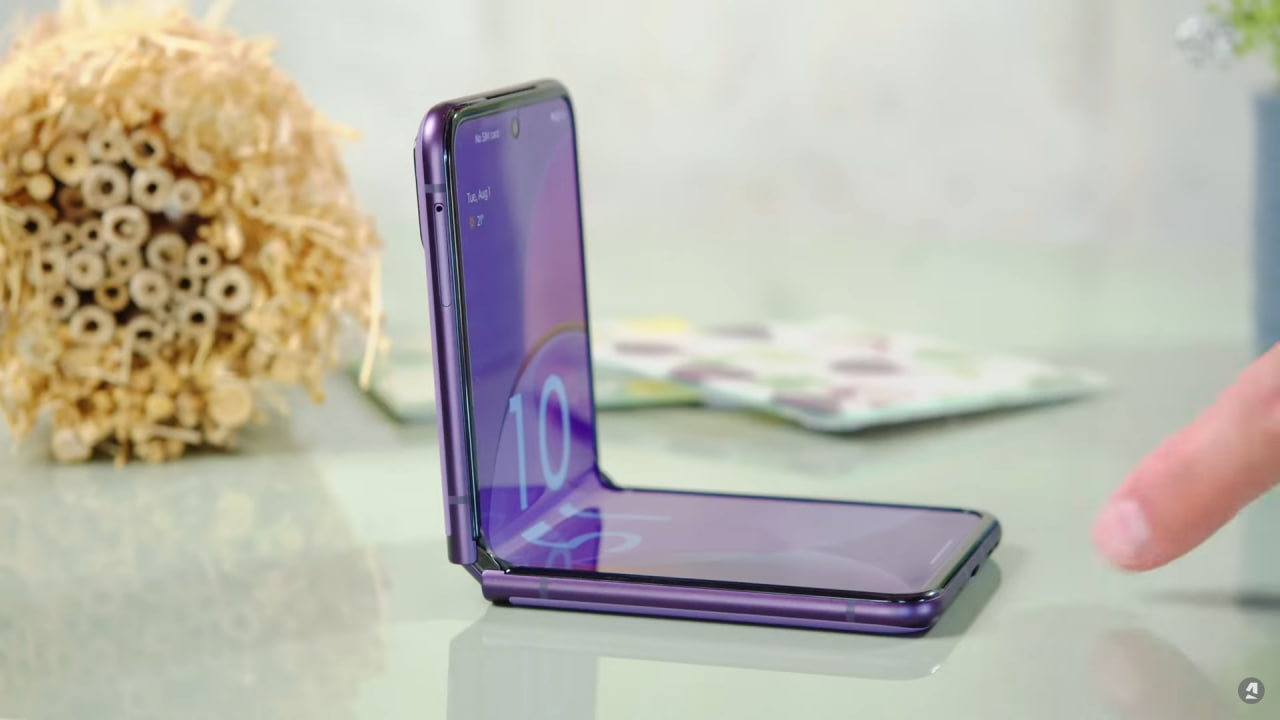
The ltpotec allows the refresh rate to dial down all the way to 10 Hertz when idling to save energy. The other aspects of the screen are very similar to the Ultra’s. The max brightness is flagship-grade; we measured around 500 nits with a manual slider, and this can boost to over a thousand in auto mode in bright sun.
Content looks sharp, and there’s support for 10-bit color in HDR 10 plus video. The color accuracy can be great too based on your color settings, and while there is a crease where the screen folds over, it’s hard to notice unless you look for it.
Feature
The Razr 40 has a pair of stereo speakers, and they have very good loudness with nice vocals and highs and even some bass. You can check out for yourself and compare with other devices through the provided link. The Moto Racer 40 has a side-mounted fingerprint reader for biometrics; it’s quite responsive. The phone comes with 128 or 256 gigs of storage, but that isn’t expandable through microSD.
The chipset on Razr 40
Here you get mid-range silicon and not even the latest generation; it’s a Snapdragon 7 Gen 1. That’s a far cry from the class-leading Snapdragon 8 Gen 2 of the Galaxy Z Flip 5 or even the older Snapdragon 8 Plus Gen 1 inside the Razer 40 Ultra. Even flip devices running the old Snapdragon 888 outscore the Razr 40 in benchmarks; it’s sorely underpowered in comparison. When it comes to the GPU, we didn’t run into any performance issues when it comes to normal tasks, but this is not a phone you’d use for heavy gaming. We wish that Moto had at least included the latest Snapdragon 7 Plus Gen 2.
Battery
One advantage that the Razer 40 has over the Ultra is its larger 4,400 milliamp-hour battery capacity. In testing, the Razer 40 earned a very similar endurance rating of 85 hours. That’s still decent but indicates that this device’s power efficiency could be better.
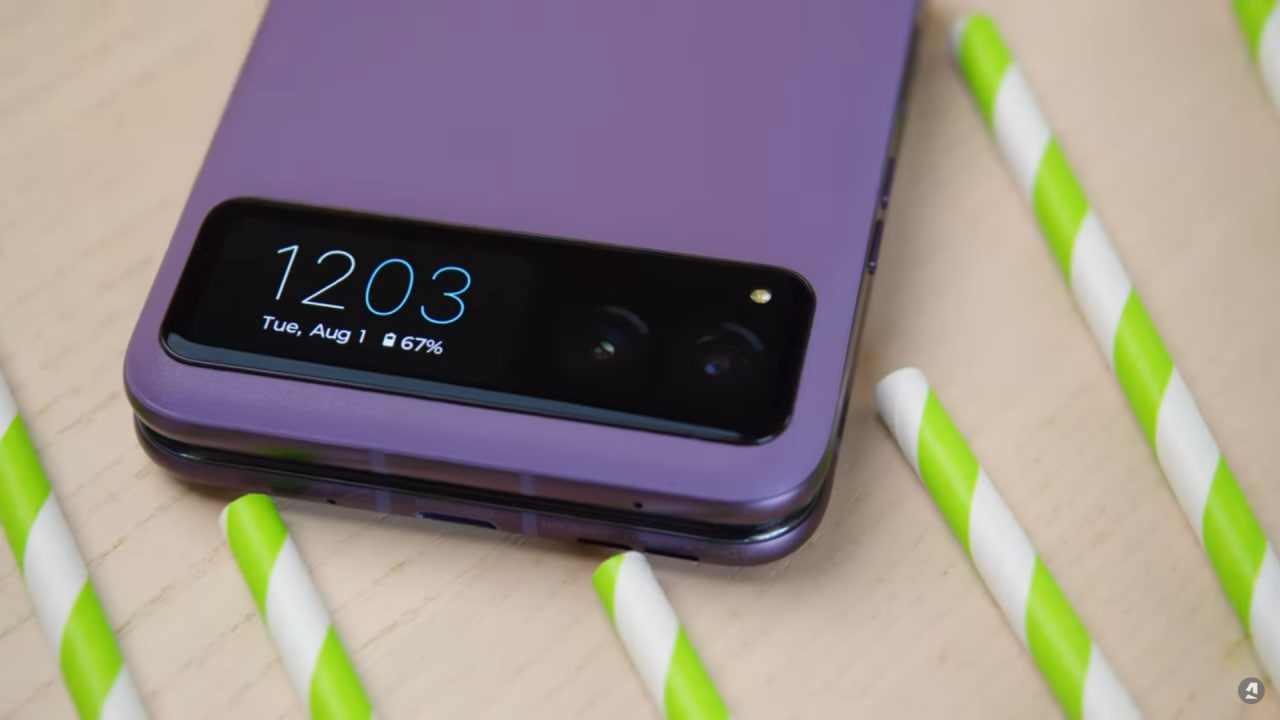
The Razr 40 supports 30-watt charging, and the charging speed here is quite decent; we were able to top up from 0 to 57 percent in half an hour. There’s also support for wireless charging.
Cameras on Razr 40
The Razr 40 has a 64-megapixel main camera and a 13-megapixel ultra-wide camera. Because of pixel bending, the main camera’s photos come out at 16 megapixels by default. They have low noise and realistic-looking colors, and despite the high contrast, the dynamic range is adequate. The detail level of these photos isn’t as high as what we’ve seen from other phones lately, with a touch of softness.
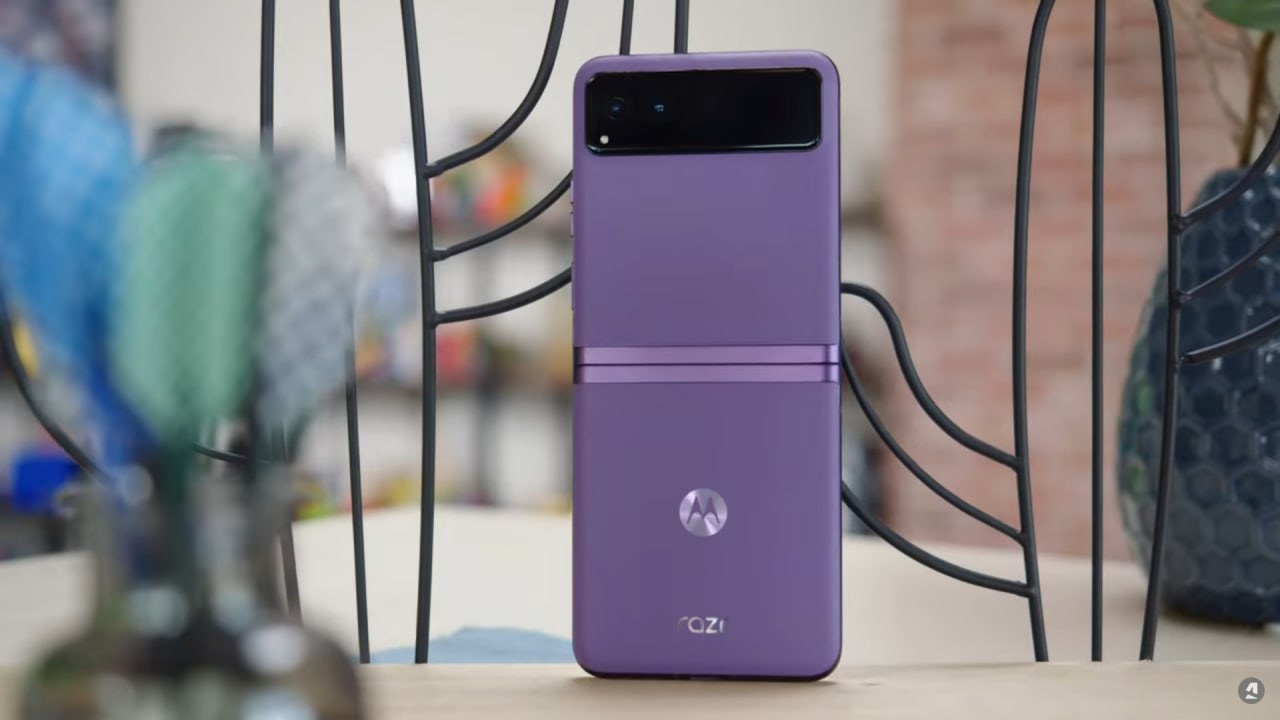
You can easily take selfies with the main cam, and these are great. The subject is detailed and exposed well; there’s no intrusive noise, and the colors are great, and so is the dynamic range. One thing worth noting is that if you’re holding the phone normally, these photos will come out in a vertical orientation despite what the viewfinder might suggest.
The main cam’s portrait mode offers proficient subject separation, likable blur, and excellent exposure, colors, and dynamic range. But for some reason, the detail level leaves more to be desired.
